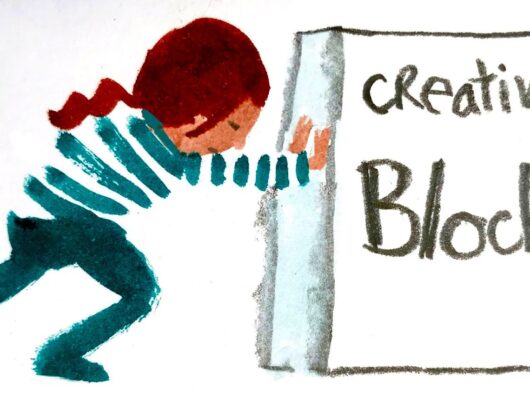In the ever-evolving landscape of digital marketing and content creation, consistency is key. A well-structured content calendar is the secret weapon that helps you stay organized, meet deadlines, and maintain a steady flow of engaging content.
In this article, we’ll explore the importance of a content calendar and provide tips on creating one that supports your content strategy.
Understanding the Content Calendar
A content calendar, often referred to as an editorial calendar, is a scheduling tool that helps plan, organize, and execute your content marketing efforts.
It outlines what content you will create, when you will create it, and where you will publish it. Here’s why it’s essential:
Consistency: A content calendar ensures a consistent flow of content, which is crucial for keeping your audience engaged and coming back for more.
Efficiency: It helps you plan content well in advance, allowing you to allocate resources effectively, including time, writers, designers, and SEO efforts.
Content Variety: With a content calendar, you can strategically mix different types of content, such as blog posts, videos, infographics, and social media updates, to keep your content strategy fresh and engaging.
Alignment with Goals: A content calendar allows you to align your content creation efforts with your overall marketing goals and objectives.
Creating an Effective Content Calendar
Creating a content calendar may seem daunting, but it doesn’t have to be. Here’s a step-by-step guide to help you get started:
Set Your Objectives: Begin by defining your content marketing goals. Are you aiming to increase website traffic, generate leads, boost social media engagement, or achieve something else?
Know Your Audience: Understand your target audience’s preferences, pain points, and interests. Tailor your content to meet their needs.
Choose Your Content Platforms: Determine where you’ll publish your content, whether it’s a blog, social media, YouTube, email newsletters, or a combination of platforms.
Content Themes and Topics: Identify the main themes and topics you want to cover. This will help you maintain a consistent and cohesive message.
Content Types: Decide on the types of content you’ll create. These can include blog posts, videos, podcasts, infographics, webinars, and more.
Frequency: Establish how often you’ll publish content. This could be daily, weekly, or monthly, depending on your resources and goals.
Content Creation Team: Identify the team members responsible for content creation, including writers, designers, and editors.
Content Ideas: Generate a list of content ideas and topics for each publishing date. This will serve as a pool of inspiration when creating your content.
Editorial Calendar Tools: Choose a tool to create your content calendar. Options include spreadsheet software (like Google Sheets), project management tools (like Trello), or dedicated content management systems (CMS).
Schedule and Publish: Populate your content calendar with publication dates and content topics. Include deadlines for creating, editing, and reviewing content.
Promotion: Plan how you will promote each piece of content once it’s published. This could involve social media scheduling, email newsletters, or other distribution methods.
Review and Adjust: Regularly review your content calendar to ensure it aligns with your goals and remains adaptable to changes in your marketing strategy or audience preferences.
Conclusion
A well-structured content calendar is your compass in the content creation journey. It keeps you on track, helps you maintain consistency, and ensures that your content aligns with your overall marketing objectives.
By investing time in planning and organization, you can create an effective content calendar that not only streamlines your content creation process but also maximizes the impact of your digital marketing efforts.






